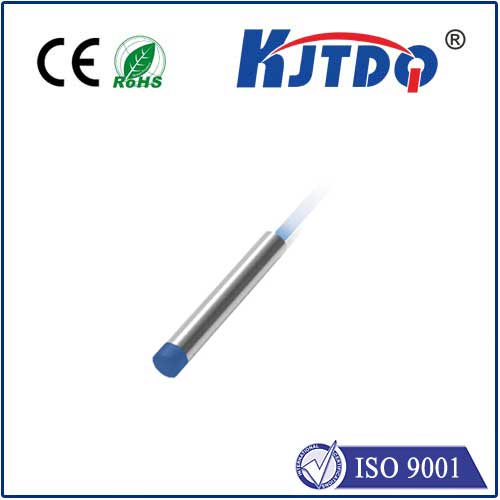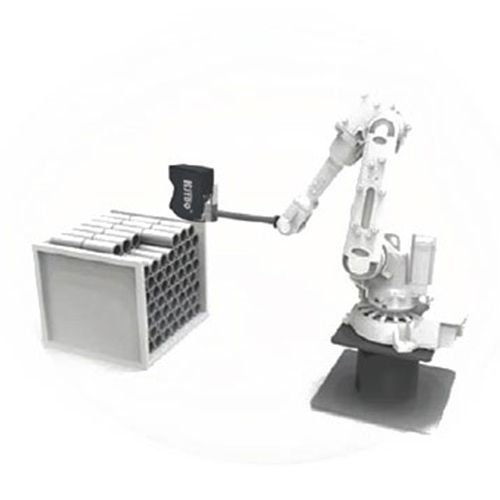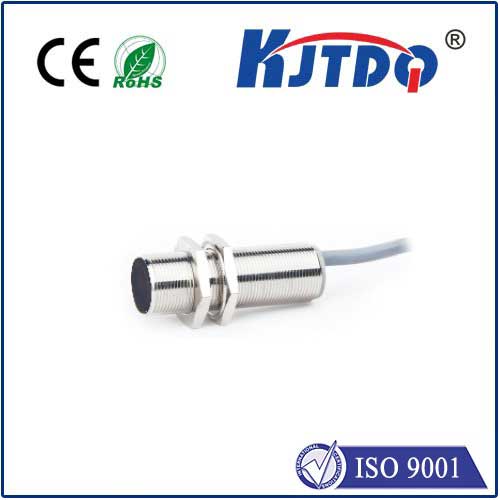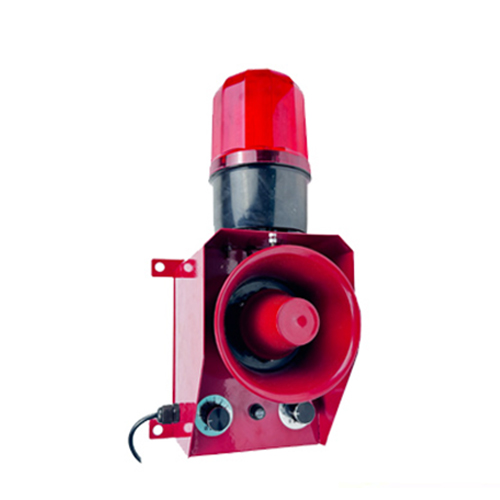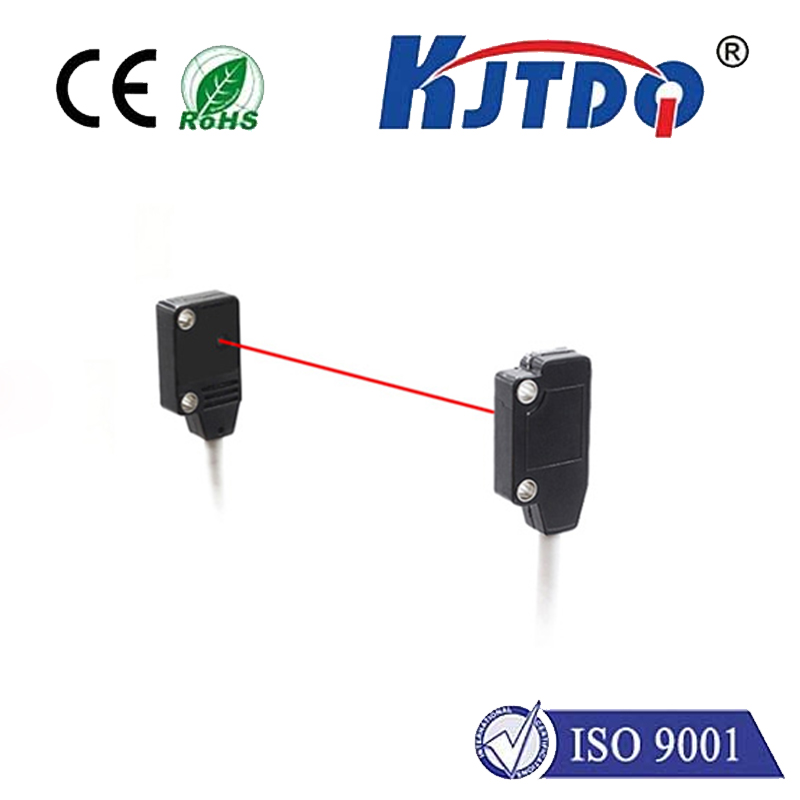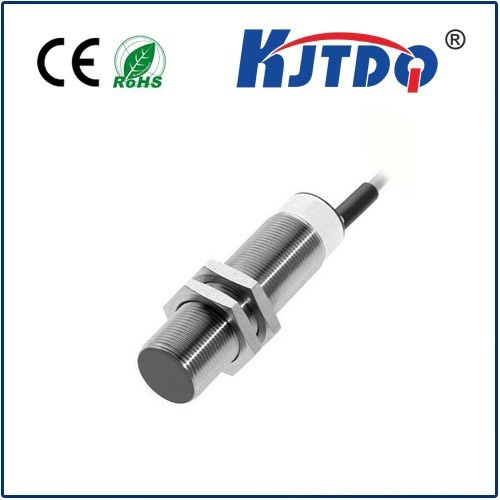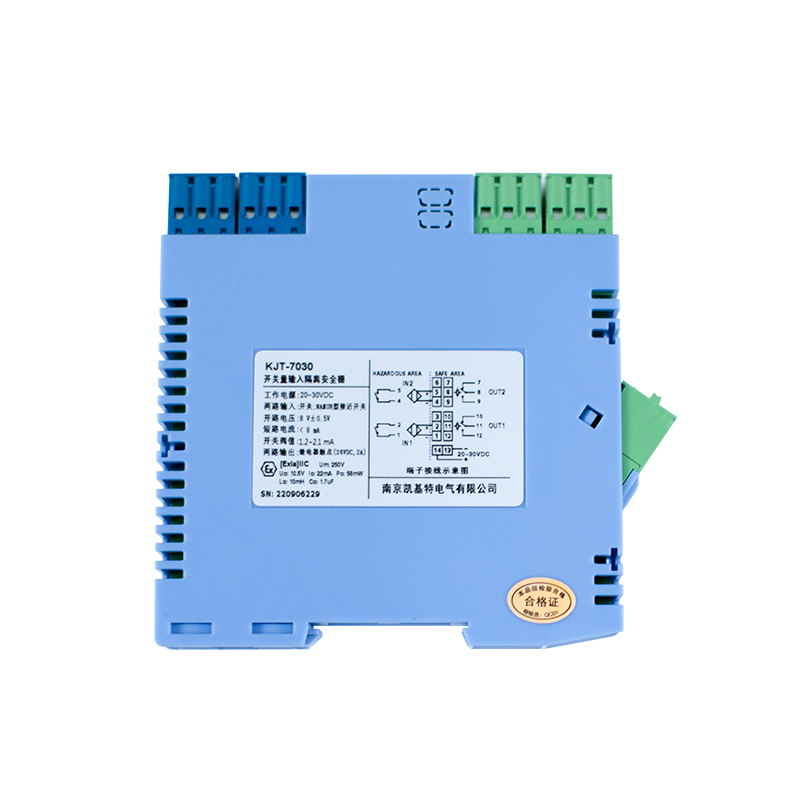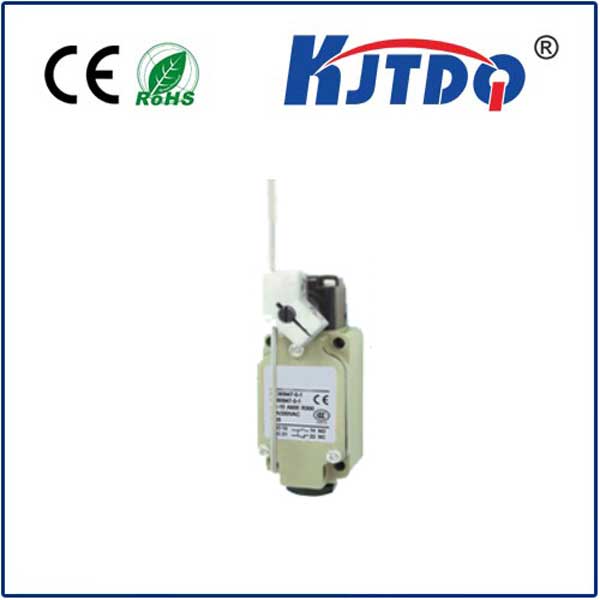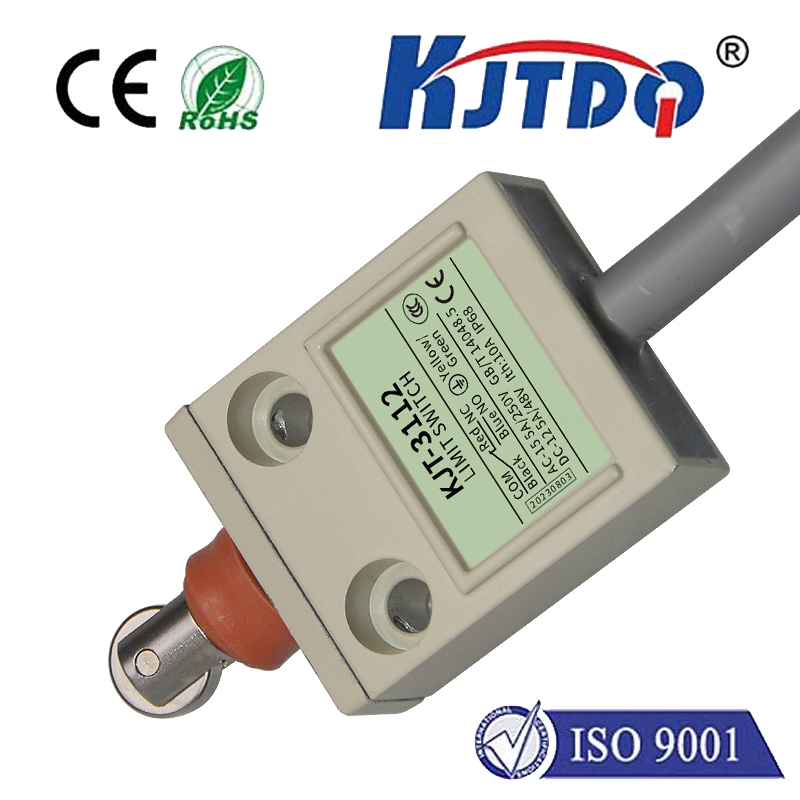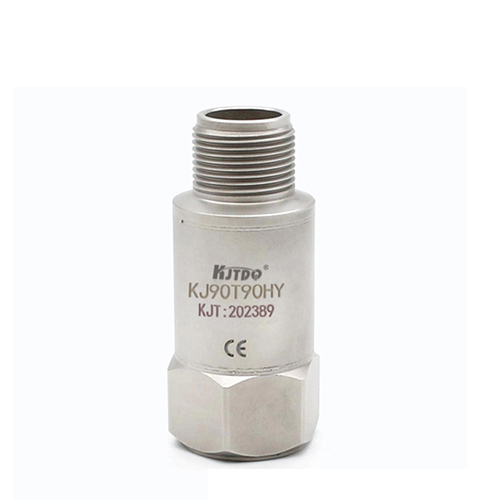

check

check

check

check

check

check

check

check

check

check
Limit switches are essential components used in various industrial applications to detect the presence or absence of an object, machine part, or fluid level. They play a crucial role in controlling and monitoring machinery operations, ensuring safety, and maintaining efficient processes. There are different types of limit switches available, each designed for specific tasks and environments. In this article, we will explore the main types of limit switches and their uses.
Mechanical Limit Switches
Mechanical limit switches are one of the most common types of limit switches used in industries. They operate through physical contact between an actuator and a lever or roller attached to the switch mechanism. When the object comes into contact with the lever, it pushes it down, activating the switch and closing or opening the circuit. These switches are reliable, durable, and can handle high loads, making them ideal for heavy-duty applications such as conveyor systems, elevators, and cranes.
Magnetic Limit Switches

Magnetic limit switches use a magnet to detect the position of a metal target without any physical contact. They consist of a sensor and a magnetic target that create an electromagnetic field when they come close together. As the target moves towards the sensor, it disrupts the field, activating the switch and triggering the desired response. Magnetic limit switches are highly accurate, non-contact, and suitable for harsh environments where contamination or damage could affect other types of switches. They are commonly used in automation systems, robotics, and material handling equipment.
Proximity Limit Switches
Proximity limit switches are another type of non-contact switch that uses electromagnetic fields to detect objects. Unlike magnetic limit switches, proximity switches can sense non-metallic materials like plastics and glass. They work by emitting a magnetic field from a sensor and measuring changes in that field caused by the proximity of an object. Proximity limit switches are versatile, reliable, and can operate at high temperatures and pressures. They are often used in packaging machines, assembly lines, and quality control systems.
Photoelectric Limit Switches
Photoelectric limit switches use light beams to detect the presence or absence of objects. They consist of a transmitter and receiver paired together to create a light beam that is interrupted when an object passes through it. This interruption triggers the switch, which then activates a response. Photoelectric limit switches are highly sensitive, fast-acting, and can detect small objects at high speeds. They are commonly used in sorting systems, conveyors, and counting applications.
Reed Limit Switches
Reed limit switches are a type of magnetic limit switch that uses a sealed reed switch inside a glass tube to detect magnetic fields. The reed switch is activated by a magnet moving near it, creating a contact closure or opening that triggers the desired response. Reed limit switches are compact, lightweight, and provide excellent resistance to environmental factors like dust, moisture, and corrosion. They are commonly used in automotive applications, medical devices, and security systems.
Conclusion
In conclusion, there are several types of limit switches available depending on the specific requirements of your application. Mechanical limit switches are suitable for heavy-duty tasks; magnetic limit switches offer non-contact detection; proximity limit switches can sense non-metallic objects; photoelectric limit switches provide fast-acting responses; and reed limit switches offer excellent environmental resistance. By understanding these different types of limit switches, you can choose the right one for your needs and ensure safe and efficient operations in your industry.
